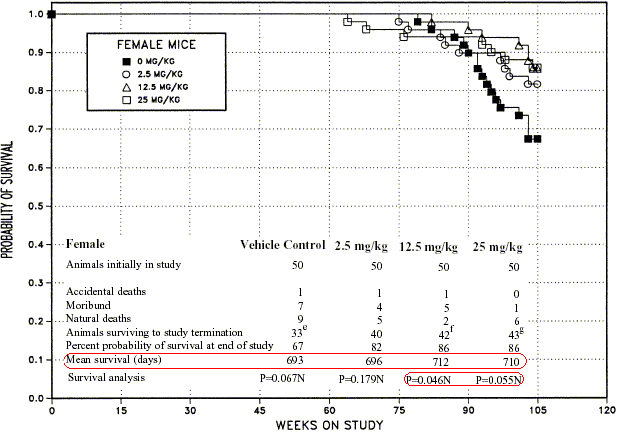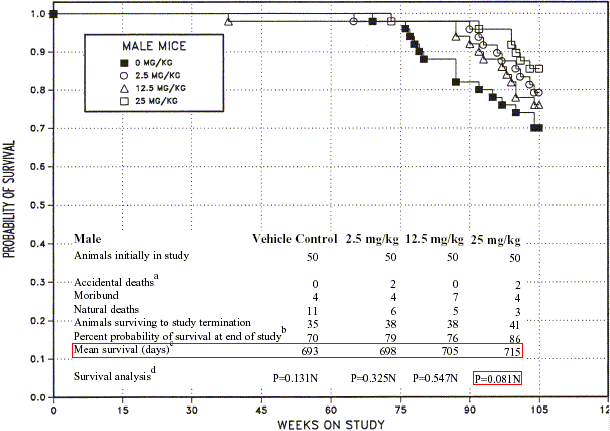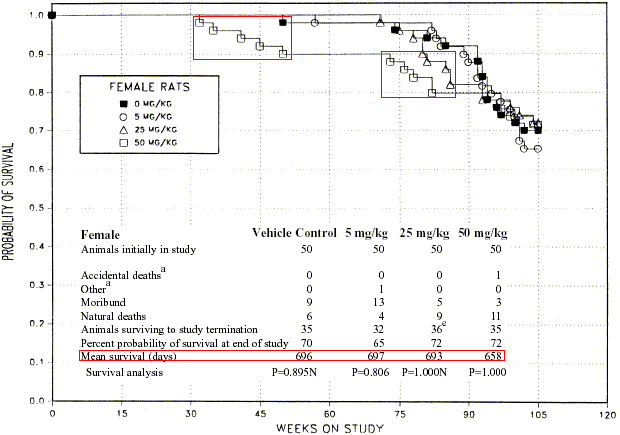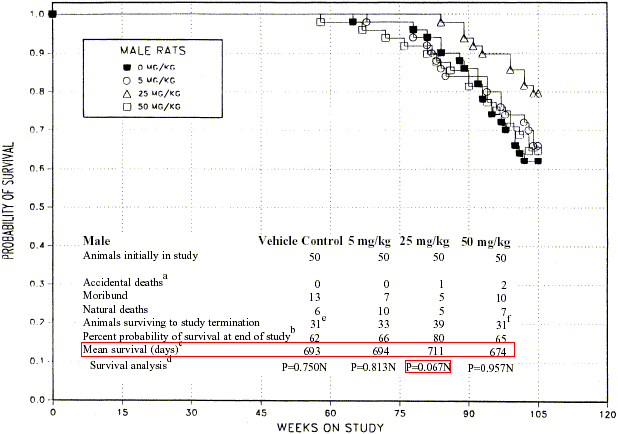Neurons are postmitotic, so can they even go senescent? Senescence doesn't seem to me to be a very useful thing to target. From p. 233 of Ending Aging
The use of the word "senescent" to describe these cells is, however, a bit misleading. When people hear about these cells, they often assume that cellular "senescence" is the ultimate fate of all of the cells in the body with age, and that the entry of "young" cells into this senescent state is the underlying cause of aging. [. . .] In fact, senescent cells are generally held to be extremely rare even in very aged people.
I don't quite think that is completely accurate in the sense of how we kinda use "senescence" these days. It's absolutely true in that non-replicating cells are said to be senescent, and differentiated cells for the most part do not replicate. On the other hand, cells that are losing their biological function and role, and usually experiencing mitochondrial dysfunction, is what is kinda also termed as "senescence", and that is a big part of aging, or an additional meaning to the word anyways. Right or wrong use of the word aside, that's how I use it (and consequently why frequently in the literature "senescence" is thought to cause aging; the question is what causes "senescence").
On the other hand, part of aging is the loss of the function of stem cells (possibly in part due to losing telomere length later on in life), and there are stem cells for the brain, retina, and just about every other tissue in the body. Without them, we can't regenerate and of course age rapidly to death. So, there you want to stop senescence in every term of the word.
His solution is to just target senescent cells for elimination. But if you want to slow the process down, alternatives to MB include resveratrol, carnosine, MitoQ (And maybe ubiquinol too. It did help those SAMP mice.), Alcar/RALA, and oleuropein. Most of that list also treats mitochondrial dysfunction, so I wouldn't expect MB to provide much in the way of an additional benefit to the heavier supplement stacks.
Most of those are great choices and highly useful, but they do lack one interesting thing that MB has, that is certain direct chemistry. MitoQ, ubiquinone for example, is already abundant and everywhere, so increasing its abundance is mostly going to help in cases where the loss of ubiquinone is playing a major part in the cause or symptoms displayed. All of the others, sans resveratrol, fall mostly into that same catagory, though resveratrol acts in a totally different manner to signal stress response and mitochondrial biogenesis, it still isn't going to answer mitochondrial dysfunction, most likely (it mostly only answers the Sirt1 loss part of aging, still have mitochondrial dysfunction and telomere length to contend with).
MB on the other hand, has a unique chemical role likely not directly monitored or balanced by the body (which limits the impacts of many of the other supplements). It can directly take back-flow (ROS) producing electrons from Complex I, directly drive electron flow through the electron transport chain (ECC) via cytochrome c (ubiquinone is already part of the ECC, and more of it won't do much unless it was depleted and rate limiting), and stimulates the increase of Complex IV, the oxygen redox center and one of the ECC flux limiters. Maybe there is something else that does those things and better or not, but I have yet to run into it. Let alone its in vivo effects, such as significant enhancement of the rat brain at least, which is a simple result of ECC increase. If other factors did they same, we'd expect to see that too.
There's a lot of stuff out there though, so who knows
That was an acute effect, and I believe that subtle chronic effects are much harder to discover.
Maybe, but significant changes in rate are usually easy enough to see via meta analysis, at least. We've had no lack of time or lack of use to see it.
To put the photosensitizing thing to rest, there was an interesting bit of info in the intro of this paper:
"The ability of MB to act as a redox indicator, explains the
rapid reduction to stainless MBH, which is not photo-
dynamically active when given to the organism orally or
intravenously [25]. Therefore, PDT with systemically
applied MB failed in the treatment of superficial bladder
cancer [26]."
Indeed, MB is not used systemically for PDT, as it is non reactive when given orally. Instead it is directly injected at high concentration before it's useful.
In fact, that same paper also found that MB was unsuccessful at killing cancer cells below levels that were already toxic to the cells. They used 1% MB and directly injected 0.1ml (1mg of MB, or 50mg/kg levels injected into the mouse if as a whole, but actually a lot more considering just into the tumor, size of which was not reported) into the mouse tumor (which subsequently turned deep blue) and found it inhibited tumor growth without PDT the same that 0.1% MB inhibited with PDT, and only 1% killed any cells. Also, 0.01% MB was not photoreactive even with direct injection to the tumor and did not affect tumor growth (that is a 0.5mg/kg injection into the mouse if as a whole; contrast to the 0.015mg/kg of 1mg orally to a human).
The lack of action of MB when given orally is likely because ~75% is converted to the leuco form (makes no difference for the mitochondrial effects, as seen in vivo and in vitro, but it means the effective MB+ concentration of a 100nM dose is only ~25nM), so there's no way to get the absurdly high amounts needed for photosensitization in vivo.
Edited by geddarkstorm, 09 March 2009 - 05:46 PM.

























































